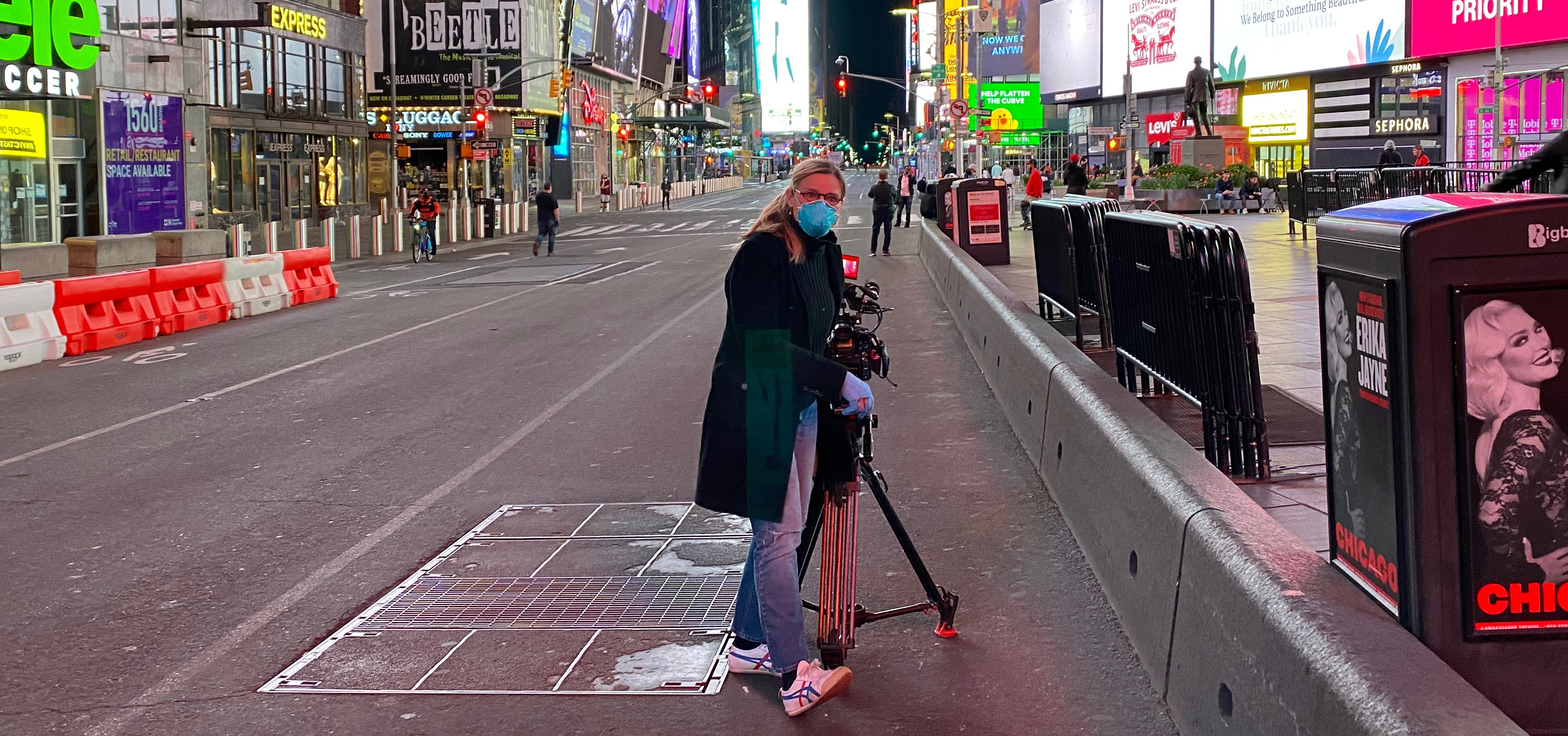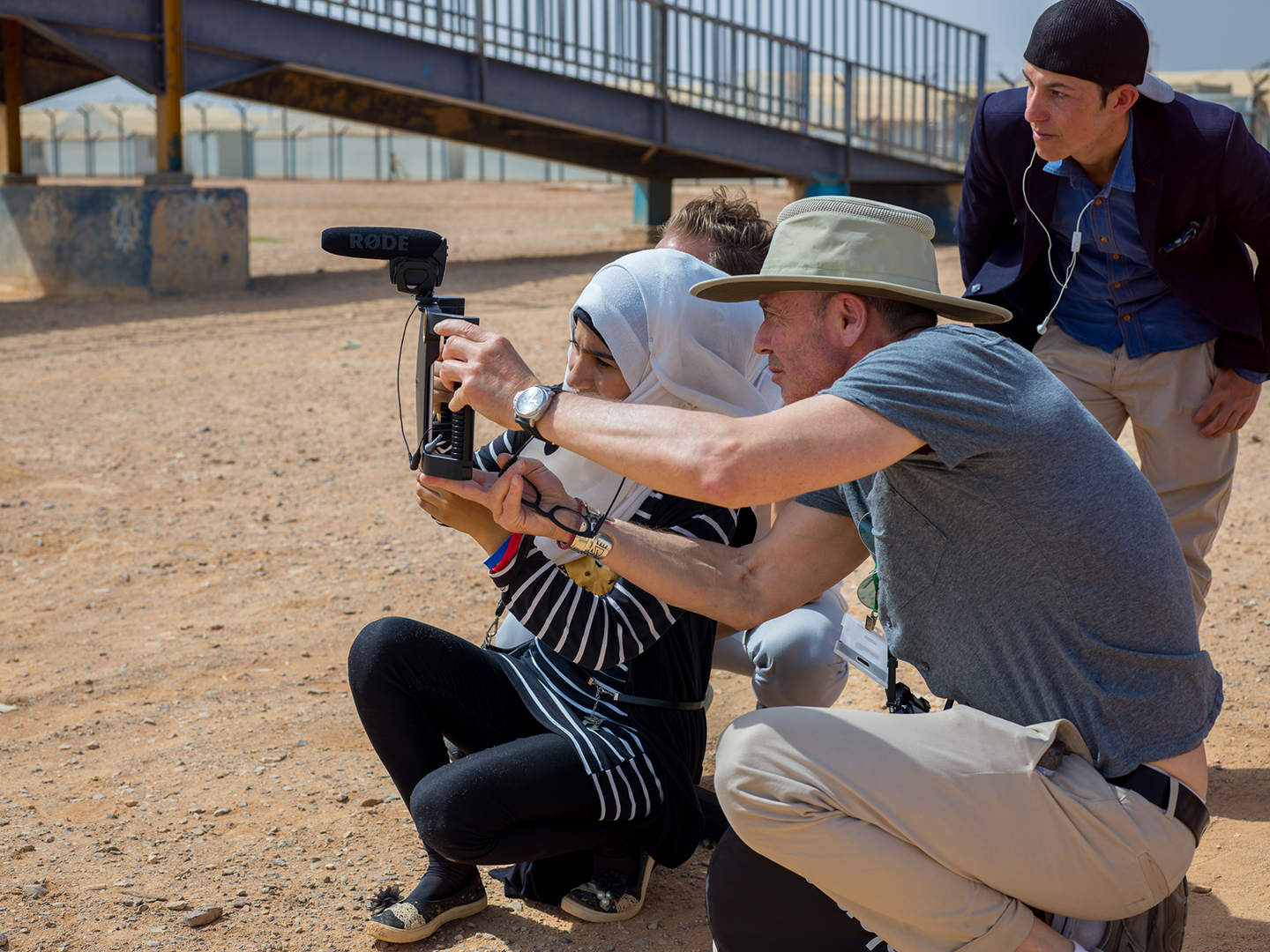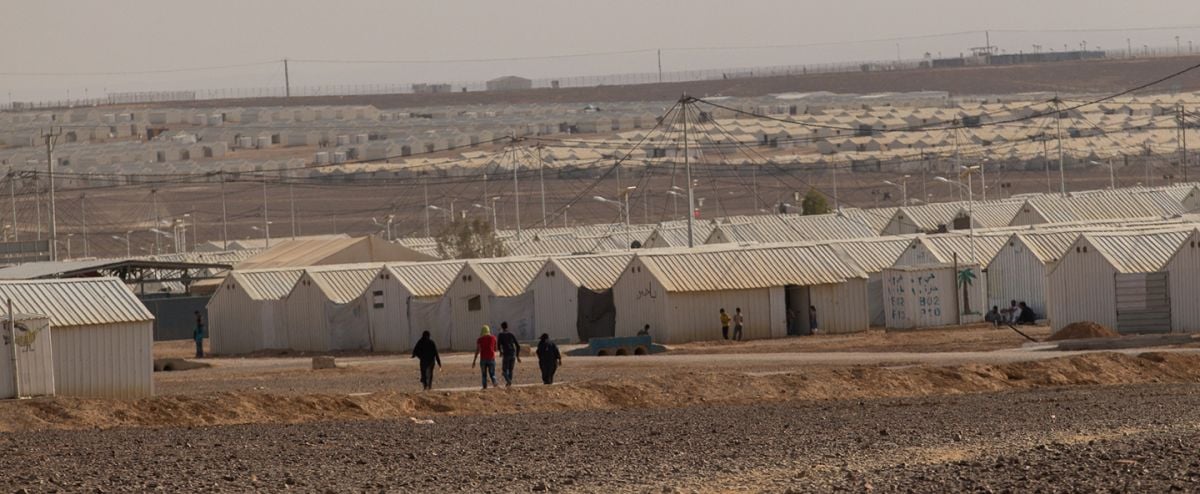
Across Nations: Chronicle
Ellen Kuras, ASC leads the global production of this cinematic record of humanity amid the Covid crisis.

It was late March and New York was in full lockdown. Ellen Kuras, ASC was home for the first time in seven months, washing dishes while listening to the soundtrack of the 2009 film The Road, a post-apocalyptic drama that takes place after a deadly but unspecified cataclysmic event. It sparked an idea. “John Hillcoat’s film has always stayed with me, and the soundtrack by Nick Cave and Warren Ellis continues to haunt me,” she says. “I started looking at the pandemic in view of humans’ impact on the planet, climate change, and our march to eventual extinction. To me, the current pandemic is more than an isolated incident. It is part of a much greater phenomenon, about what mankind is doing to the planet. We are not living sustainably, and we need to look at Covid-19 as a warning. Floods and fires are devastating continents; millions of animals, and the bees, are dying — and now we are dying.”
A few days before, Anna Hashmi, co-founder of The Corner Shop, a production house where Kuras is a director, had sent the company’s directors an email suggesting they use their iPhones to make a short film during the lockdown. But The Road’s soundtrack — as well as the film Koyaanisqatsi, which Kuras had been watching, and books including The Tangled Tree and Sapiens — inspired her to think on a larger scale. Recalls Kuras, “I called Anna and said, ‘I have a different idea.’
“Cinematographers all around the world,” Kuras recalls noting at the time, “are probably yearning to capture some of this shared experience that was happening to all of us. Like me, they are probably yearning to do something. Everyone was watching the news obsessively, but I felt that we, as cinematographers, could go beyond the news footage,” Kuras says. “We could create a [visual] chronicle of what was happening. We could frame the pathos and grace, the emotion of life and death, using all the tools available to us: cameras, light, color, composition, time of day. Each country could create a chronicle of what is happening, through a more philosophical and metaphysical lens than a purely documentary one. And with the films we create, if we happen to get distribution, then the proceeds would go to doctors and nurses who are on the front lines of global medical emergencies around the world.”
Very early in this “idea phase,” Kuras says, she called Society member Kees van Oostrum, then the president of the ASC. “He was very enthusiastic about the idea, and also about including the societies from IMAGO.” At van Oostrum’s urging, Kuras spoke before the ASC Board of Governors, which pledged the Society’s support — “though I could see my newly found free time to read a book slipping away,” she says.
Kuras was less interested in creating a montage of footage from around the world, so she and Hashmi discussed approaching production partners worldwide to join the cinematographers in helping to make “a series of short films that would be about this time of pause during the pandemic,” says Kuras. She decided to call it Chronicle.
“Our intention,” says Hashmi, “was to document that particular time of the pandemic, the initial shock on humanity, and to dive deeper into the psyche of the people behind the empty streets.” Hashmi was enthusiastic about the project, and agreed it was important to find diverse voices — a variety of cultural perspectives, distinct visual languages, and demographic representation. “We made a concerted effort to find emerging talent from around the world — directors as well as cinematographers. I called The Corner Shop’s international production partners to see if they would be interested. Most jumped at the chance.” Kuras’ longtime colorist Joe Gawler, of Harbor Picture Company, offered to handle all the post pro bono. AbelCine, longtime colleagues as well, were keen to help, and generously donated all the camera equipment used in the U.S. “They then tried to help the others find gear in their own countries,” Kuras says.
It wasn’t easy. In April and May, the pandemic was raging and most of the world was essentially in lockdown, and many filmmakers couldn’t access equipment. “We were very lucky that AbelCine was providing cameras to news organizations here in the U.S., so they were considered an essential business and were open and able to join us,” says Kuras. “All of the other equipment houses were closed due to the shutdown.”
As word got out about the project, scores of cinematographers contacted Kuras and Hashmi. They searched for diverse directors to give focus to the films, and then spent countless hours on Zoom, briefing them about the point of view of the project. So far, 46 nations around the world are donating their time and energy. Each contributor submits a five- to eight-minute “chapter” that is filmed and edited in its respective country. Kuras will curate the final series, “which will most likely be presented as a television/streaming series,” she says.
“With the Covid lockdown situation limiting everyone’s access to equipment, because most camera houses were closed, many would not have access to large-format cameras or higher-res camera packages,” Kuras says. To maintain consistency across the range of submissions, Kuras opted to frame all the material in 16:9, regardless of the original aspect ratio. “I would love to shoot everything I do in anamorphic and present in widescreen, but with so many different points of view and approaches, I knew we had to have a standard for editing the anthology,” she says.
The proceeds from any sales or screenings/broadcasts of the production — whose full title is Chronicle: A Cinematic Portrait of Human Existence During the Global Covid-19 Pandemic — will go to the international medical non-governmental organization Doctors Without Borders (aka Médecins Sans Frontières).
Academy Award-nominated, two-time Emmy winner Ellen Kuras, ASC currently splits her time between shooting and directing. Her credits as a cinematographer — which include Eternal Sunshine of the Spotless Mind (AC April ’04); Summer of Sam (AC June ’99); Blow (AC March 2001); Rolling Thunder Revue: A Bob Dylan Story by Martin Scorsese; Jane; and Neil Young: Heart of Gold — encompass both narrative features and documentaries, although over the past several years, she has been in the world of fiction, directing such television on series as Ozark (AC July ’20), Umbrella Academy, Legion (AC July ’18) and the limited series Catch-22. She made her feature debut as a cinematographer in 1992 with Swoon, earning the first of an unprecedented three awards for Dramatic Cinematography at Sundance. She made her directorial debut in 2008 with The Betrayal — Nerakhoon, which earned her an Academy Award nomination for Best Documentary Feature and won the Primetime Emmy. Kuras was in the midst of directing a series for Netflix when Covid-19 disrupted the industry.
Cinematographers Sharing Knowledge
It has long been a priority of the ASC to reach beyond borders. AC spoke with a number of Society members and other cinematographers who have ventured to other countries and shared their knowledge of the art and craft in communities throughout the
world. We present these filmmakers’ experiences with hope that such international travel and in-person inspiration will become possible again soon.

In July 2017, Tobias Schliessler, ASC traveled to the Azraq refugee camp in Jordan to teach a crash course in filmmaking to Syrian teenagers who had fled the civil war in their homeland. The three-day workshop was organized by the United Nations High Commissioner for Refugees to help the youths document their lives and to give them skills they could use in the future. Working with a number of screenwriters and actors, Schliessler — who was invited to participate in the program by producer Brandt Andersen — taught the teens how to use images to tell a story, and the philosophy behind cinematography. He explained the 180-degree rule and described how high and low camera angles can be used to alter perspective and help create mood. “It was amazing to see the kids write their
own stories, which reflected their lives,” says Schliessler. “I learned how important it was for them to be able to share their voices. They had experienced so much in their short lives, and they were so honest about it.”

Peruvian-born Checco Varese, ASC was a cameraperson on a number of National Geographic documentaries early in his career. Everywhere he went — primarily rural, impoverished areas — he was surrounded by kids. Varese would bring with him pencils, pens, highlighters and yellow pads from National Geographic’s headquarters in Washington, D.C.
“Every time I returned to an area, I’d see many of the same kids. They were real go-getters and I started teaching them about cameras, including how to carefully carry the equipment and charge the batteries. That way, instead of simply handing out money, we had them do small tasks and paid them for it. One of them became a cameraperson at a local news station in San Salvador.”
After wrapping the 2002 Brazilian film City of God with director Fernando Meirelles, César Charlone, ABC, SCU recalls, “Fernando established an NGO called Nos do Cinema [now known as Cinema Nosso] — and I and other film technicians volunteered to teach the skills of cinema: camera, sound, acting. I traveled to Rio a few times to give lectures about cinematography.” Other NGOs started asking Charlone to teach underprivileged youths, some of whom lived in the favelas where City of God was set. “Many of those children stayed out of the streets after that, and some went on to get jobs with professional news organizations,” Charlone says.
Doug Herman was teaching filmmaking and media studies to high schoolers in Philadelphia, when the plight of Syrian people fleeing their homeland by sea moved him to travel to the Greek island of Lesvos in 2017, where many of the refugees were landing. At the Moria refugee camp there, he and Sonia Nandzik set up Refocus Media Labs, a non-profit dedicated to helping asylum seekers learn modern media skills. Their students made a documentary called Even After Death, about the many refugees who died at sea and elsewhere while trying to escape their war-torn country. (The Moria camp was burned down on September 8).
The American Film Showcase (AFS), a partnership between the U.S. State Department Bureau of Educational and Cultural Affairs and the University of Southern California School of Cinematic Arts, sends American film directors, writers, cinematographers and editors abroad to conduct workshops and classes. Participants have included James Neihouse, ASC, who, among other accomplishments, has trained more than 150 NASA astronauts to use Imax film cameras. In 2018, Neihouse spent three weeks traveling in Turkey, screening and discussing the film A Beautiful Planet with primary-school pupils, university students and professionals. He conducted 16 workshops and lectures, each geared to its specific audience. “I spoke to about 500 [elementary and middle-school students] in one city and got a rock star’s welcome when I walked in,” he recalls with a laugh.
Christopher Chomyn, ASC traveled to Turkmenistan with director Sandy Smolan for AFS, where they introduced students to virtual reality. One highlight was sharing Smolan’s film The Click Effect, which took the audience underwater to swim with whales and dolphins. “Some had never seen the ocean or even a big body of water,” he says. “They sat in swivel chairs, put on the VR goggles, and suddenly they started moving their arms as if they were swimming underwater.” Chomyn also talked to the students about freedom of expression: “They didn’t understand that our films were the results of choices that we as artists made. Decisions were not mandated by the government.”
Shana Hagan, ASC went to Ethiopia with AFS in May 2019, to conduct two four-day workshops for beginning filmmaking students, along with documentary filmmaker and editor Christie Herring. “In the mornings we gave lectures, showed clips, and talked about theory; in the afternoons we concentrated on hands-on skills building. Two days out of the four were spent shooting. We’d give our students b-roll assignments and they had a great time working together in teams. Afterwards, we’d all gather to watch the dailies, and everyone had a chance to comment on what worked and what didn’t. It was a very useful exercise.”






